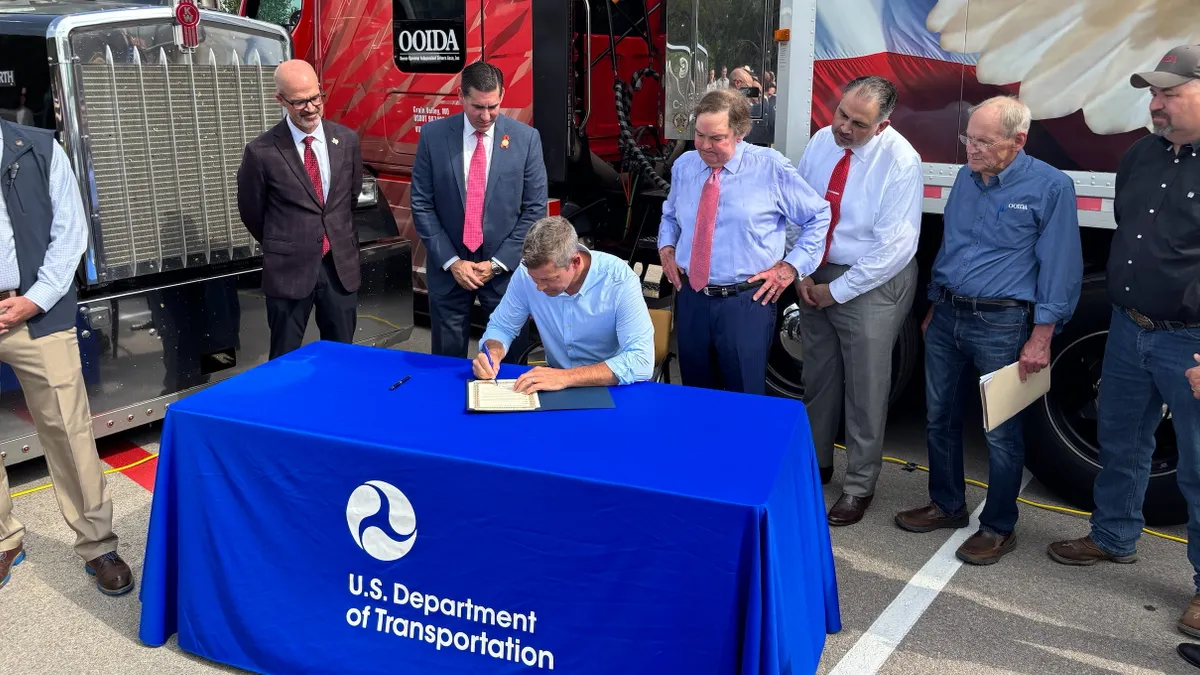A U.S. appeals court on July 26 upheld a federal rule that expanded exemptions for shorthaul drivers and provided more flexibility for a 30-minute break for longhaul truckers.
Before the Federal Motor Carrier Safety Administration rule took effect in 2020, advocacy groups and the International Brotherhood of Teamsters had asked the U.S. Court of Appeals for the District of Columbia Circuit to review the matter in an attempt to invalidate the rule.
The commercial driver changes took effect even as the legal process lingered for over two years, and the court ultimately denied the petition for review. The rule increased the degree to which shorthaul drivers could make use of an hours of service exemption, and an option to fulfill a break requirement for longhaul drivers became less restrictive, among other changes. Critics of the rule said it would increase fatigue-related crashes.
Key FMCSA changes in 2020 rule
| Before | After | |
|---|---|---|
| Qualifying distance for shorthaul exemption | 100 air-mile radius | 150 air-mile radius |
| Workday length for shorthaul exemption | 12 hours | 14 hours |
| Longhaul hours of service break rule for 8-hour period | On-duty shift requires a 30-minute break that must be taken off-duty or in a sleeper berth | Driving shift can have the 30-minute break be met with an on-duty, non-driving period as well as off-duty or in a sleeper berth |
| Split requirement for 10-hour off-duty period | Only allowed a split of eight hours in the sleeper berth and two hours off duty, but the latter counted against the 14-hour driving window | Drivers can meet the 10-hour minimum by spending at least seven consecutive hours of that period in the berth combined with a minimum off-duty period of at least two hours, provided the two periods total at least 10 hour |
Source: FMCSA
But industry groups said that standards in place at the time contributed to increases in crashes, according to a Federal Register summary. And the Owner-Operator Independent Drivers Association suggested the changes in 2020 would improve safety because drivers know best when to take breaks.
OOIDA also said the 30-minute break is unnecessary, calling for its elimination, and added that drivers could obtain adequate rest breaks throughout the day without it.
Similarly, the Trucking Alliance said the 30-minute break is unnecessary because short-haul drivers perform many non-driving activities during the day, according to the Federal Register summary.
And the National Motor Freight Traffic Association said the new rule would help LTL drivers, where most have regular schedules but can face traffic congestion and delays.
The organization that led the challenge, Advocates for Highway and Auto Safety, said in an emailed statement to Transport Dive that it remained opposed to the rule and was contemplating its next steps.













